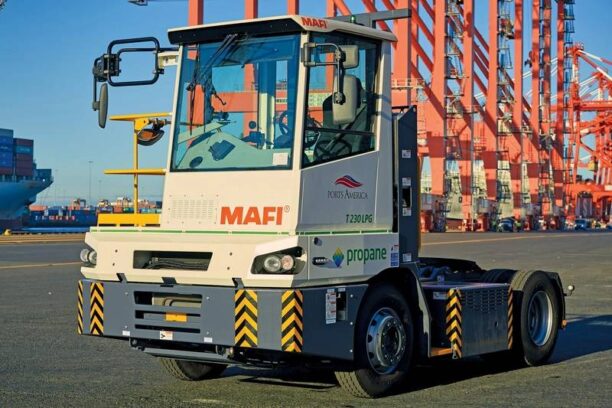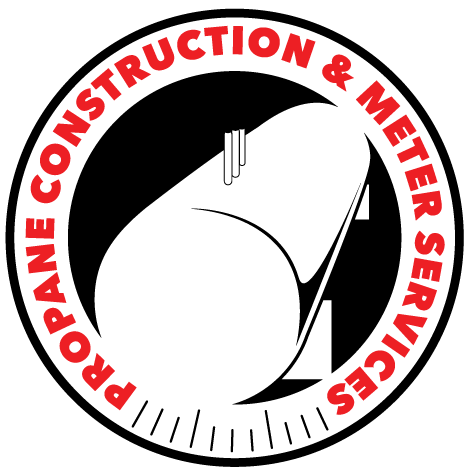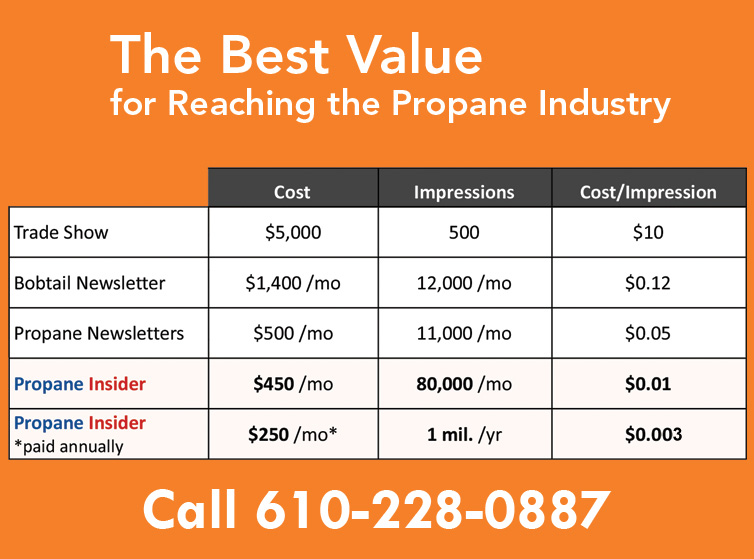Propane’s New Horizon in Off-Road Technology

Propane has long been integral to farm life in the U.S., fueling everything from home heating to grain drying. Historically, it even powered tractors before diesel became the dominant fuel choice. Now, as the push for lower carbon emissions gains momentum, propane is seeing a resurgence in the off-road sector, particularly with new advances in engine technology.
Emerging Engine Technologies
Innovations in engine design are making it feasible to inject propane directly into the combustion chambers of internal combustion engines (ICE). This method promises to enhance the traditional role of propane by integrating it into modern, high-efficiency engine systems. Currently, about 75% of vehicle and off-road engines utilize high-pressure direct injection, which achieves lower emissions and greater efficiency. However, propane has not been applicable in these systems until recently.
Groundbreaking Developments
A recent webinar by the Engine Technology Forum showcased propane’s potential to generate power and torque comparable to gasoline engines. Katech Engineering and Stanadyne, supported by the Propane Education and Research Council (PERC), have demonstrated successful tests on a 6.6L GM L8T direct injection V-8 engine using propane. This test ran for 250 hours and proved the durability of using propane in a direct injection system.
Overcoming Technical Challenges
Traditionally, propane’s use in ICE involved port injection, where propane was introduced before the intake valve. This older method is now less relevant due to advancements in automotive technologies. Moreover, Stanadyne has addressed issues like propane’s tendency for vapor-lock due to its low boiling point by designing a fuel pump and injectors that maintain propane in a liquid state under high pressures until combustion.
Industry Firsts
This technology represents the first medium-duty engine application capable of delivering propane at a consistent 350-bar pressure directly into the engine. Enhancements in injector design ensure an optimal spray pattern that maximizes the unique properties of liquid propane, promoting efficient combustion and avoiding the power loss typical with older LPG systems.
Environmental and Operational Advantages
Propane’s environmental impact is notably less than diesel, with about 20% lower carbon emissions when considering total lifecycle emissions. While propane is unlikely to completely replace diesel in agriculture and off-road applications, the innovations by Katech and Stanadyne showcase its potential to support existing ICE technology amidst the shift towards hybrids and electric vehicles.
Propane as a Renewable Option
Besides its traditional sourcing from petroleum refining, propane is also gaining attention as a renewable fuel. Innovations include producing it from bio-sources like camelina seeds and other vegetable oils. This development not only enhances propane’s sustainability profile but also taps into its existing extensive distribution network, which includes over 3,500 dealers nationwide.
Implications for Propane Businesses
For propane businesses, these technological advancements open up new markets and opportunities for growth. By supporting and perhaps even driving the adoption of these new technologies, propane businesses can leverage their existing infrastructure and expertise to meet emerging needs, particularly in rural and off-road applications where propane’s advantages in terms of availability and energy density come to the forefront. This evolving landscape presents a promising future for propane, bridging traditional energy with innovative applications that meet modern environmental standards.
















